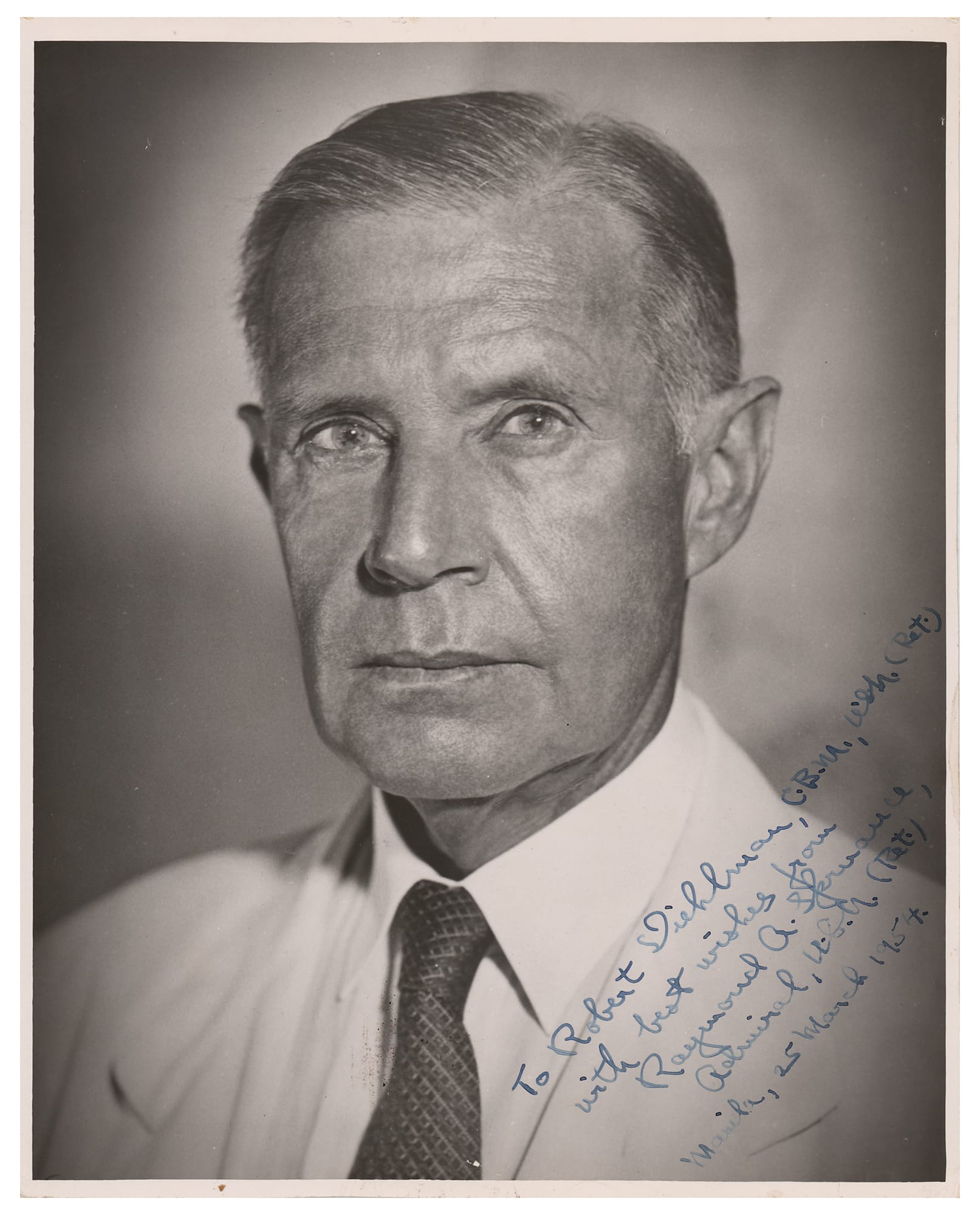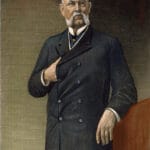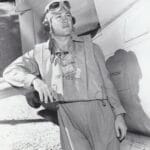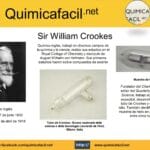The Pacific theater of World War II witnessed a fascinating clash of leadership styles between two prominent admirals: Raymond Spruance and William “Bull” Halsey. Spruance, the “Quiet Warrior,” epitomized methodical planning and calm deliberation, while Halsey embodied a more aggressive, “damn the torpedoes” approach. Their contrasting approaches shaped key battles and continue to fuel debate among historians. This article delves into the lives, strategies, and legacies of these two naval titans, exploring their distinct contributions to the Allied victory.
Raymond Spruance: The Architect of Pacific Victories
Born in 1886, Raymond Spruance wasn’t the stereotypical, flamboyant war hero. This quiet strategist, far from craving the spotlight, played a pivotal role in securing crucial victories in the Pacific. His journey, beginning at the Naval Academy (Class of 1907), instilled in him a deep understanding of naval warfare, shaping the leader he would become. Early duties on battleships and later command of cruiser divisions provided invaluable experience that would be tested on the grand stage of World War II. Further details on Spruance’s early life and career can be found here.
The Battle of Midway: A Turning Point
Spruance’s moment of truth arrived at the Battle of Midway in 1942. Assuming command of Task Force 16 mere days before the battle, he faced immense pressure. The Japanese Navy, a formidable force, posed a grave threat, and Midway Island held immense strategic importance. Spruance, however, exhibited remarkable composure, making calculated decisions that led to a stunning victory. His focus on launching all-out offensive strikes, exploiting a critical window of vulnerability while Japanese planes refueled and rearmed, proved decisive. This victory, a turning point in the Pacific War, crippled Japanese naval air power. A detailed account of Spruance’s actions at Midway can be found here.
The Philippine Sea and Beyond
Spruance’s success wasn’t limited to Midway. In 1944, commanding the Fifth Fleet, he orchestrated another resounding victory at the Battle of the Philippine Sea. This triumph, often dubbed the “Great Marianas Turkey Shoot,” effectively neutralized Japanese air power, paving the way for the Allied advance towards the Philippines. He later commanded the largest fleet in history during the invasion of Okinawa. Explore Spruance’s post-Midway career here.
A Legacy of Quiet Competence
Spruance’s leadership style, characterized by meticulous planning, calculated risks, and a calm demeanor, stood in stark contrast to his contemporary, Admiral Halsey. Halsey’s aggressive, often impulsive, approach resulted in both spectacular victories and costly setbacks. The “Spruance vs. Halsey” debate persists among historians, highlighting the diverse nature of effective leadership. While Halsey’s boldness sometimes led to setbacks, such as at the Battle of Leyte Gulf, Spruance’s more measured approach probably resulted in greater consistency.
Spruance’s impact extended beyond specific battles. His emphasis on careful planning and calculated risks became a cornerstone of naval doctrine, influencing generations of naval leaders. His quiet determination, strategic brilliance, and lasting impact on naval doctrine solidified his place as one of the greatest naval commanders of the Pacific War. Delve into the question of Spruance’s overall effectiveness as an admiral here. While ongoing research continues to explore his career, his importance in the Pacific theater remains undeniable. He wasn’t seeking fame, but quietly doing his job, exceptionally well. His legacy serves as a powerful testament to the impact of quiet competence and strategic thinking.
Was Spruance a Good Admiral?
Admiral Raymond Spruance, a name synonymous with strategic brilliance in the Pacific War. His leadership, often contrasted with the more flamboyant style of Admiral Halsey, stands as a testament to the power of meticulous planning and calculated risk-taking. This article, assuming a basic understanding of World War II’s Pacific theater, explores the reasons why Spruance is considered not just a good admiral, but a truly exceptional one.
Spruance wasn’t the impulsive, “charge ahead” type. Instead, his calm demeanor, meticulous planning, and ability to make sound decisions under immense pressure set him apart. He earned the respect not only of his superiors, but also the sailors who served under him. They knew they were in capable hands, led by a man who prioritized their safety and the strategic objectives of the war. Learn more about what made Spruance such an effective leader.
A key example of Spruance’s strategic brilliance is the Battle of Midway. This pivotal clash in 1942, considered by some to be the decisive naval battle of the war, saw Spruance, commanding Task Force 16, deliver a crushing blow to the Japanese Navy, a setback from which they never fully recovered. Explore Spruance’s role in the Battle of Midway in detail.
Midway wasn’t an isolated incident. Spruance’s leadership at the Battle of the Philippine Sea in 1944, resulting in the decimation of Japanese air power, further cemented his reputation. His influence extended beyond specific battles, shaping naval doctrine and influencing generations of naval leaders. He understood that warfare was a complex game of strategy, and he played it masterfully, minimizing losses and maximizing long-term gains.
Spruance’s legacy continues to inspire, a testament to the power of thoughtful, strategic leadership in the chaos of war. While historical interpretations may evolve with ongoing research, his contributions to the Allied victory in the Pacific remain undeniable.
What Happened to Spruance After Midway?
Following his triumph at Midway, Raymond Spruance’s career continued its upward trajectory. He became Chief of Staff to Admiral Nimitz, Commander in Chief of the Pacific Fleet, giving him invaluable insight into overall war strategy. This wasn’t a desk job for long, though. He soon returned to command, leading the Fifth Fleet in crucial operations.
At the Battle of the Philippine Sea (1944), his forces decimated Japanese air power, crippling their ability to launch large-scale attacks. Later, at Iwo Jima, he oversaw the difficult but strategically crucial capture of the island, providing a vital airbase for the final assault on Japan. Examine Spruance’s actions after Midway in greater detail here.
Unlike some contemporaries, Spruance shunned the limelight. His quiet confidence, methodical planning, and willingness to take calculated risks earned him deep respect. After the war, he served as President of the Naval War College and as Ambassador to the Philippines, demonstrating his versatility and continued service.
Spruance’s legacy is one of quiet competence, a powerful reminder that impactful leadership doesn’t require flamboyant displays of heroism. He was undoubtedly a crucial figure in the Pacific War, instrumental in securing Allied victory. Ongoing historical research continues to examine his career, but his contributions remain undeniably significant.
What did Raymond A. Spruance do in the Battle of Midway?
Days before the pivotal Battle of Midway, Admiral Raymond A. Spruance took command of Task Force 16 under extraordinary circumstances. A new command, a skeleton crew of staff, and the looming threat of a powerful enemy—the pressure was immense. Yet, Spruance’s calm demeanor quickly inspired confidence in his sailors. They saw in him a leader they could trust, even amidst uncertainty. Gain a deeper understanding of Spruance’s actions at Midway.
Spruance’s brilliance lay not just in his composure, but in his strategic acumen. He recognized the Japanese carriers’ vulnerability during refueling and rearmament, a fleeting window of opportunity he seized with calculated audacity. His decision to prioritize offensive strikes resulted in the sinking of four Japanese fleet carriers—Akagi, Kaga, Sōryū, and Hiryū—the backbone of Japanese naval air power. This crippling blow marked a significant shift in the balance of power in the Pacific, perhaps even the beginning of the end of Japanese dominance. Explore the broader context of the Battle of Midway and its significance.
Amidst the chaos of battle, Spruance’s adaptability shone. He adjusted his tactics on the fly, responding to the fluid situation with remarkable composure and foresight. His leadership at Midway exemplifies the power of clear-headed thinking, strategic vision, and calculated risk-taking against overwhelming odds. His actions likely saved countless lives and irrevocably altered the course of the war.
Key Takeaways:
- Spruance quickly earned the respect of his command despite limited preparation time.
- His focus on offensive strikes, exploiting Japanese vulnerabilities, proved decisive.
- His adaptability and calm leadership were instrumental in the American victory.
Discover the chaotic and gruesome depiction of human suffering in Pieter Bruegel’s The Triumph of Death, where skeletons lead a morbid dance of destruction, exposing the futility of worldly possessions and the inevitability of death.
- Unlocking 2-Letter Words with U: The Definitive Guide - April 4, 2025
- Unlock Words with the Letters THREE: Top Unscramble Tools 2025 - April 4, 2025
- Master Scrabble: X & Z Words for High Scores - April 4, 2025

















1 thought on “Admiral Spruance vs. Halsey: A Clash of Titans in the Pacific”
Comments are closed.